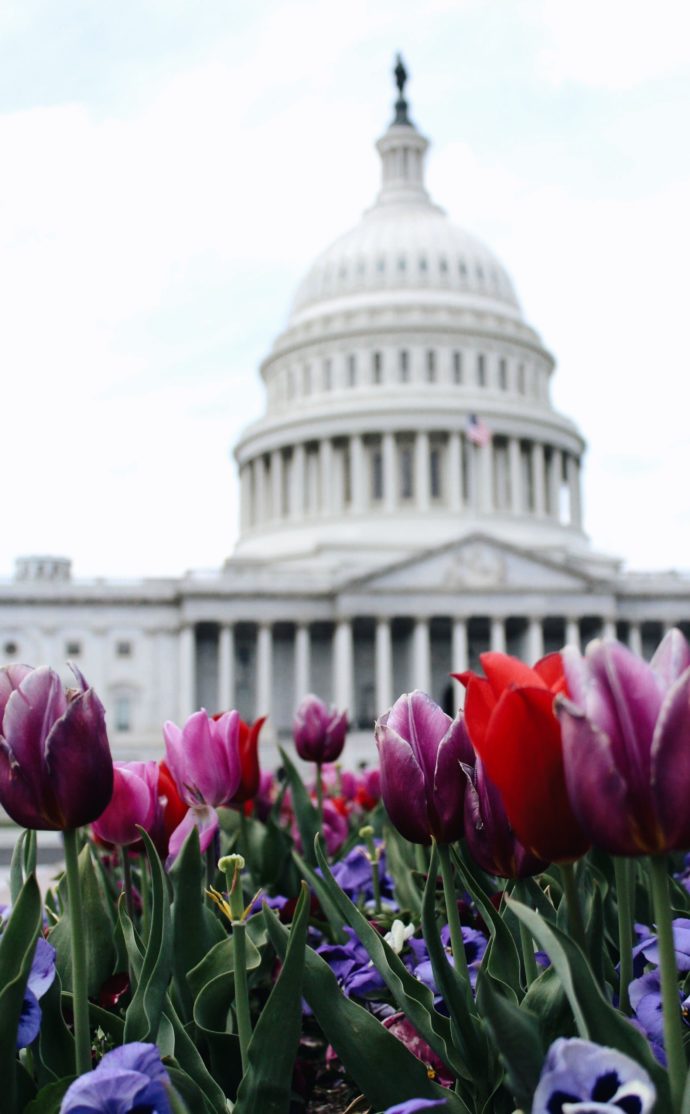Congress is back at work on Capitol Hill this week. The FEHBlog did find an easy to read list of upcoming Congressional hearings on Congress.gov. The FEHBlog did not find any hearing relevant to the FEHBP coming up.
The FEHBlog is following news about the COVID-19 epidemic. The Wall Street Journal reports that the number of cases outside China is growing particularly in South Korea (602 cases) and Italy (155 cases). There are 34 cases in the U.S. In a Centers for Disease Control conference with the press last Friday, Dr. Nancy Messonnier explained that
We are making our case counts in two tables. One only tracks people who were repatriated by the state department, and the second tracks all other cases picked up through U.S. public health network. CDC will continue to update these numbers every Monday, Wednesday, and Friday. We are keeping track of cases resulting from repatriation efforts separately because we don’t believe those numbers accurately represent the picture of what is happening in the community in the united states at this time. As of this morning, when you break things up this way, we have 13 U.S. cases versus 21 cases among people who were repatriated [here]. The repatriated cases include 18 passengers from the “diamond princess” and three from the Wuhan [China] repatriation flights
The Wall Street Journal confirms the growing trend of large health insurers to offer their own primary care delivery services to their health plan members [previously documented by the FEHBlog].
“It’s very worrisome for hospitals,” said Chas Roades, a health-care consultant. “Suddenly, the plan you’re relying on for payment is also competing with you at the front end of the delivery system.”
Hospitals’ biggest concern may be the power that primary-care doctors have over where their patients go for care such as imaging scans and specialist procedures. Hospitals rely on doctors to direct patients to them for such services—one reason they have bought up physician practices. Insurer-owned clinics might refer patients away from certain hospital systems, cutting off important revenue.
The FEHBlog in contrast is delighted with this trend which will hold down costs while improving health care quality. Competition itself is healthy. “’Health care has got to be more seamless and more integrated,” said Rob Falkenberg, chief executive of UnitedHealthcare’s California operation.” Agreed.
Fierce Healthcare reports that Oscar Health has creating a $3 per prescription formulary of about 100 popular prescription drugs and insulin. The formulary went into effect on January 1, 2020 for about half of Oscar’s health plan members. The other half if covered by Medicare or live in certain states like New York which have not approved the formulary. The article explains that
Oscar was able to price the drugs so low through plan design.“The price we pay to acquire the drug for our members has not changed,” [Oscar spokesperson Jackie] Kahn said. “Instead, we chose to have our members pay $3 and we are covering the rest.”



